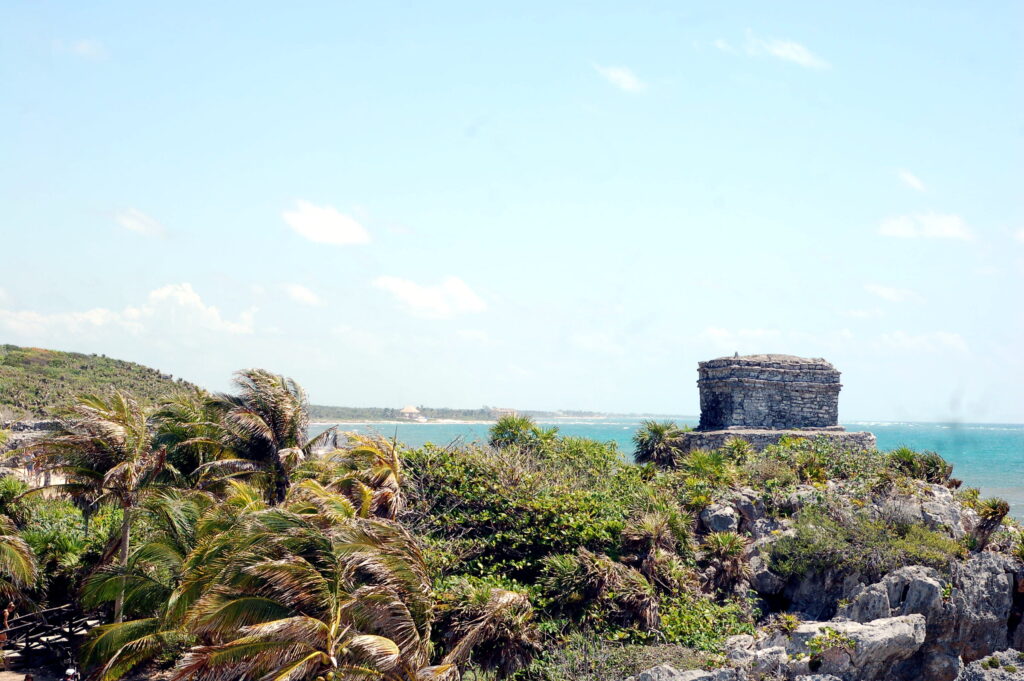Back in engineering school, we were taught all sorts of things, materials, statics, dynamics, math, factors of safety, design, even a little bit of public policy. We were taught to look for causes of failure, whether human (design, operation), fatigue, or even an act of nature. We walked through case studies of engineering disasters like detectives.
The takeaway: you can’t engineer away failure, and the cause of failure is rarely one thing.
In these case studies, there were usually small errors compounded by something unforeseen. Perhaps there was a bureaucratic process, a cost cutting measure, an edge case condition, and bam! you have achieved critical failure. How did it happen? Well, the pilot feel asleep. No that’s not it. The pilot fell asleep and there was a freak storm with tropical moisture at high altitude. No that’s not it, try again. The pilot fell asleep, there was a freak storm with high tropical moisture, which caused the air speed sensor to ice over and the junior pilot wasn’t able to deduce the problem with sufficient time to avert the tragedy of Air France Flight 447. We’ve got design flaws. We’ve got training flaws. We’ve got procedure flaws. We’ve got acts of God, all mixed up in a delicious failure soup.
The consistent commonality in these case studies was the fact that things go wrong. They will go wrong, and you should expect them to go wrong. See Murphy’s Law. Armed with this new knowledge, engineers must now ask themselves how they want fail. The engineer of the product or solution, must consider the modes of failure, how a thing may fail. It seems strange to plan for failure, doesn’t it? But you must, because you need to be able to control whether it will it fail gracefully or blow up in your face?
Take the design of cars, for example. In the mid 20th century, cars were built as steel behemoths. No seat belts. Limited crumple zones. No air bags. We built cars, and we expected them to be rigid and sturdy. Engineers, unfortunately, underrepresented the driver and passenger systems, and the systems of other cars and drivers in their designs. What happens to a car when comes into contact with another? Engineers should have taken a holistic approach to the automobile, considering it as part of a complex and unpredictable system. They should have considered that cars were going to crash and crash badly. Just because a car’s intended mode of operation is not impacting other cars, doesn’t mean you don’t design for it.
The result in 1972 was almost 55,000 traffic fatalities; 55,000 people dead because cars were under engineered for failure modes.
Fast forward to mass shootings in these recent years. “It’s mental illness!” “It’s family values!” “It’s right-wing extreme ideologies!” “It’s video games! It’s toxic masculinity!”
Many of the mass shootings touch on these characteristics, and it would be easy to blame one thing. Maybe all of them and things we hadn’t considered are to blame for the desperate and aberrant outcomes we have witnessed recently. You are not wrong, but you’re hand waving. Remember our friend Murphy? “But but, cars aren’t supposed to crash! The driver was drunk. The driver was inattentive, going too fast. The road was poorly designed. The car was unsafe.” All of those things may be true, and yet still you’re addressing the accident as preventable instead of probable. American drivers experience on average one accident per every 165,000 miles driven. It’s probable that a driver will experience one or more accidents in their lifetimes. We can work to mitigate risk factors, but like an ashtray in an airplane lavatory, we have to assume some people are going to do the wrong thing. If you have been injured in a vehicular accident caused by a negligent driver, you may consult with a personal injury attorney to make sure that your rights are protected.
But back to mass shooters – Maybe we have areas of sickness in our society. Certain facets of personal liberty and individualism create easy targets of isolated individuals looking to belong to something.
Whatever it is, I ask the following question: If you can’t stop car accidents from happening, shouldn’t you still look to control how they happen?
If mental illness, distressed individuals, violent video games, social isolation, and childhood abuse can lead to desperate acts, don’t you want to control how they happen?
We know weapons are not the cause of these terrible tragedies, but they do increase the severity of the failure. When things go wrong, there are no crumple zones. There is no air bag. There is no seat belt. There is only an AR-15 style weapon with an extended magazine.

